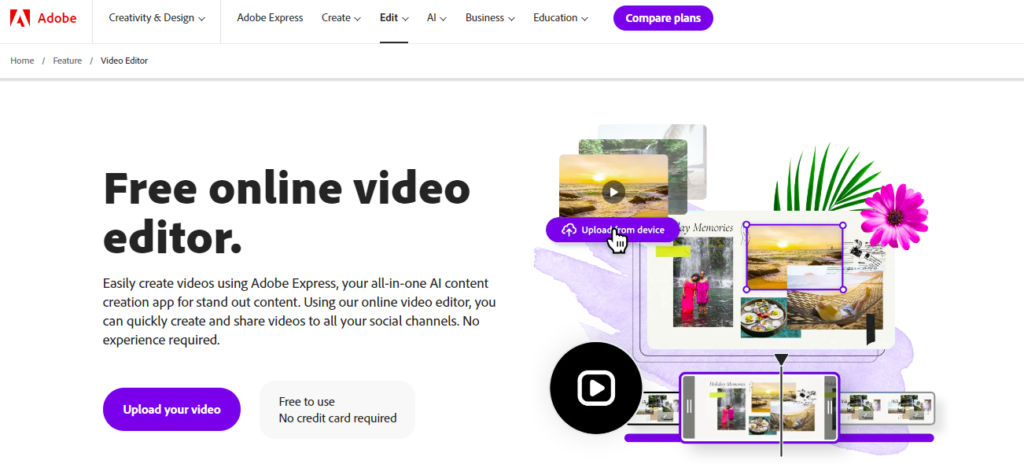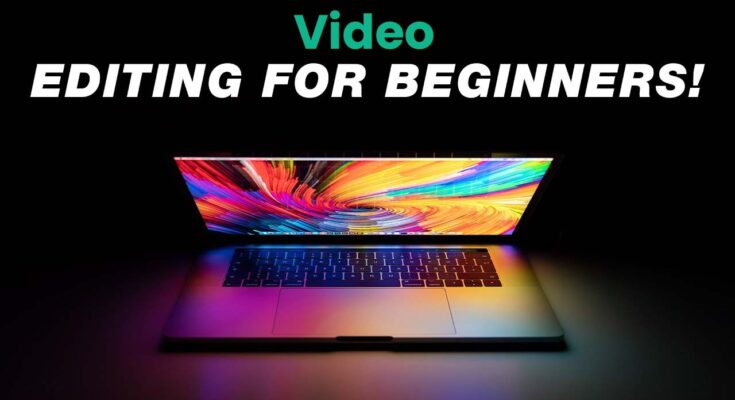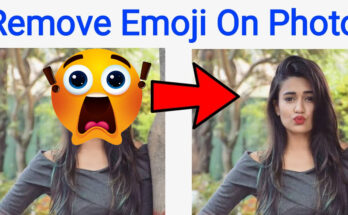First shoot is complete you have your footage in hand. What’s the next move? How do you convert your footage into a standout video? I tell you through essential steps to make your vision in a reality. Here are 12 steps that are the basics you need to know remember you’ll develop your own editing style. What’s interesting is the editing begins long before the first cut it starts on the shoot. Beginner’s Guide to Video Editing is:
Step 1: Multiple takes
It might be helpful to record several takes so you have a variety of performance choices available. Also make sure you get all the wide shots. Incorporate close-ups for any aspects you want your viewers to concentrate on. Use this link to edit your video:
https://www.adobe.com/express/feature/video/editor

Step 2: Back up your footage
Once you’ve completed a successful shoot back up and transfer your footage immediately. I have heard so many stories of creators leaving their memory cards in cabs or at airports. Sometimes you won’t be able to reshoot so get that footage copied and somewhere safe quickly.
Step 3: Your edit space
Where you choose to edit matters significantly; opt for a quiet space to work. Where you can focus you can even throw on a little music to set the vibe.
Step 4: Organizing your files
Import your footage and organize it into folders like you organize computer files in general the more preparation. You do sorting your footage into the right place the better. It will save you hours later when you’re looking for that one shot you just can’t find trust me.
Step 5: Watch your footage
Spend time watching every single shot this helps you familiarize yourself with all your footage.
Step 6: Beginning to edit finally
Beginner’s Guide to Video Editing is Mark the best takes then lay them into a sequence in order on your timeline this is called an assembly edit. It means you have all your top content in one place roughly following the story line.
Step 7: Fine cutting
Next you start cutting the shots down further removing the beginning and the end of them and creating your story. Consider removing any arms and eyes and any long pauses or boring parts. You want your video to advance swiftly and efficiently. Using jump cuts is a common technique to cut down on time and maintain a brisk pace.
Here’s an example the weather is really humid in New York. I use a pineapple to secure it and wash my hair once a week. Those are two questions that I get a lot if you want to do something slightly more advanced transitions. Presenting assortment is a incredible strategy to support the video’s force.
These are things like dissolves between shots or fades which should give the feeling of time passing another. Fun transition is the wipe which can come in a lot of different styles. Some programs have automatic transitions as well as many options to customize them exactly the way you want.
Step 8: Watch over and over pause and do it again
Watch your video sequence down over and over again the more times. You watch it the more you’ll feel when it gets too slow or where you need to edit something out. If you need to explain moments in more detail at some point. I always get too close to my work and I need to step away.
Step 9: Building up your edit
Consider adding b-roll in title cards or text call-outs b-roll is supplemental footage or images that support this story. It’s often combined with the main footage and serves to display.
Tell what’s going on and a title card goes at the beginning of your video like this. Which like the title of a story helps you set up what your audience is about to see text call outs are engaging ways to highlight. Important facts you want to bring to everyone’s attention they can be a lot of fun like this and make sure you lay out all your titles on a separate layer to the footage.
As your video edits shapes up remember to add time for your end screen elements. Like imagery for other related videos you want to promote or to encourage people to subscribe.
Step 10: Working with sound
This is all about the importance of sound audience usually don’t mind bad lighting. They can’t stand watching a video where they can’t hear what’s going on so record. Your sound is well and music is also very important it sets the tone for your content. One of the best places to find great music is the YouTube audio library where all the tracks are free to use without issues.
Step 11: Mixing your sound
You should always try to do some mixing of your sound this can be daunting. The best rule of thumb is to make sure you can easily hear your voice at all times so turn the music down. So that it supports but doesn’t overwhelm the voice and turn it up. When nobody is talking for more drama and excitement close your eyes and listen to your entire soundtrack and see. If anything is too hard to hear or too loud and make adjustments until it sounds good to you.
Step 12: What is color correction
You can make your video look just the way you like it with color correction. You can boost up the saturation to make your colors pop and add contrast. So your blacks truly look black then you’re almost done watch everything a few more times to check. That the cuts sound and images look exactly how you want them. When you’re prepared to export, configure the export settings and check the outcome. If your editing software has a specific export for YouTube option export your video onto your computer.
Then upload it to YouTube I suggest you upload as unlisted first. This gives an opportunity to compose your title, depiction, and labels. Then when you’re ready flip your video to public for the world to see. I hope this video has helped you get started remember editing is where a lot of the magic happens. So find a process that works for you check out the creator academy course for more information. This is complete Beginner’s Guide to Video Editing.



